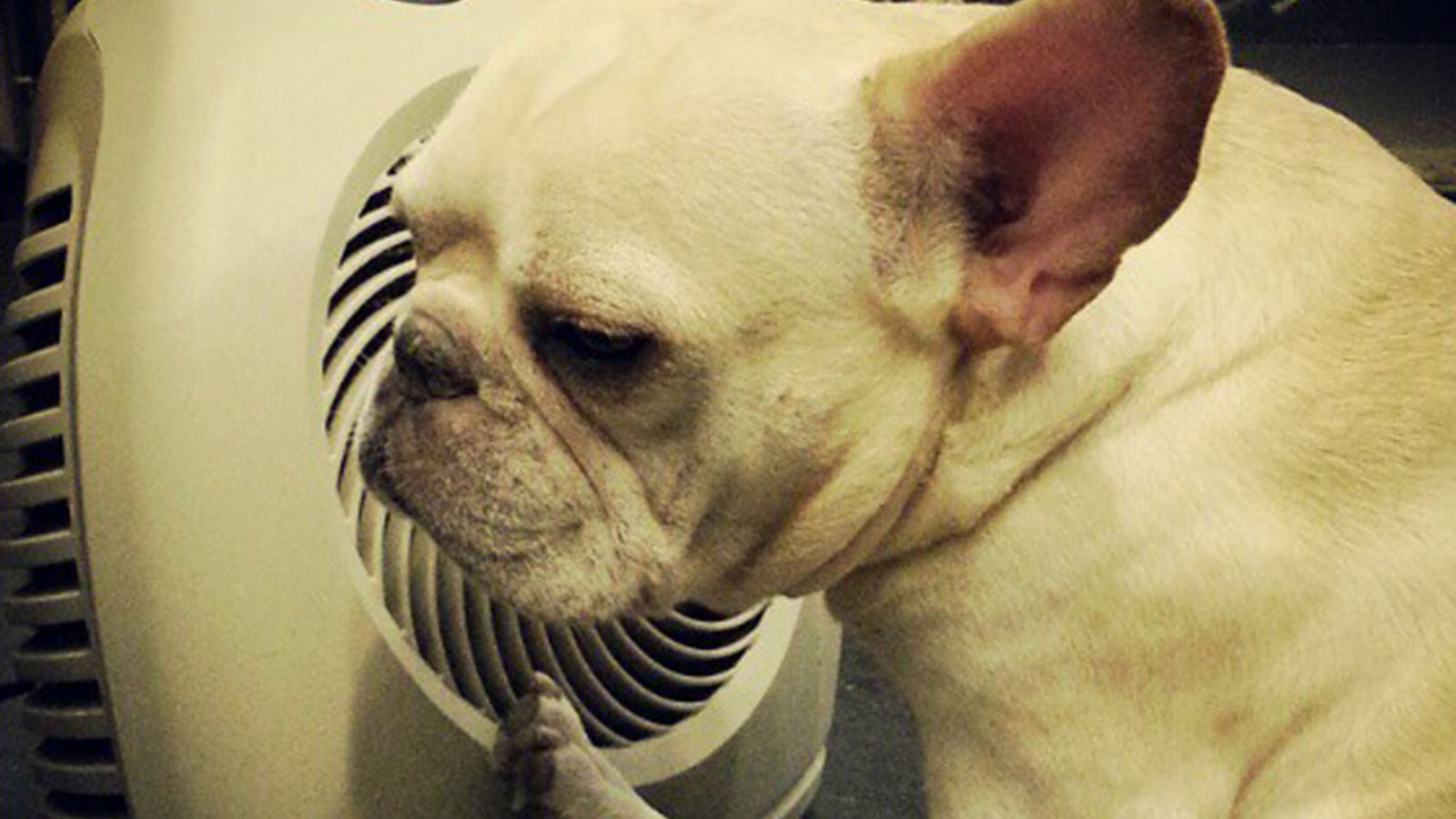Q. When trying to boost the comfort and winter warmth in my home, is it better to turn down the thermostat and place a space heater in the room we are using, or should I just turn up the thermostat? If a space heater is the answer, what kind is best?
We live in a 100-plus-year-old home with a forced air gas furnace. When it was installed in 2005 it was a high efficiency model.
Anna
Tacoma, Wash.
A. Dearest Anna,
For me, the surest sign of the change of seasons isn’t the proliferation of pumpkins at the grocery store or neighborhood leaves gone scarlet and gold. It’s the sharp increase in questions about home heating that flow into my inbox like steam filling a radiator’s coils. I’d know winter was coming even if I camped out in this basement office 24/7.
So, what’s the best stay-toasty strategy? I am obligated to start with the disclaimer that it’s tough to give a precise answer without knowing the details of your home and heating system: Much depends on your square footage, how many rooms you’re space-heating, just how efficient your furnace is, and your willingness to wear puffy down pants in the living room.
One more thing before we jump in: When I hear “hundred-year-old home,” I can’t help but think “bone-chilling draft.” Have you weatherized your house, Anna? If you’re getting the shivers even when the thermostat is set at a decent 68 degrees or so, the best solution might be to button up the place with a combination of insulation, energy-efficient doors and windows, and sealed-up leaks. The Department of Energy has lots of useful information on that here.
But assuming that your home is winter-ready, and you’re simply looking to save even more energy? Then yes, I think a space heater could be just the ticket — if you also dial that thermostat way down, and if you’re using the space heater in a small portion of your home, and if you choose the proper portable for the job.
See, electric space heaters (the only type that are safe to use indoors) aren’t going to beat your gas furnace in overall efficiency. And most places, electricity is much more expensive than natural gas. Still, if you only need to cozy up a room or two, then the total energy use will probably still drop if you turn to portable heaters. But — and this is a big one — you need to crank down your central heat to offset what the mini-heater is using. I couldn’t find a definitive answer as to how low you need to go (most sources give some version of the vague “fairly cool”), though this guy gets away with a 45-degree thermostat when he’s using a space heater.
You’ll also need to be mindful of the space you’re heating with a portable unit. Broadly speaking, the room(s) must account for between one-half and one-third (or less) of your house’s total area. Any more than that, and you’ll probably actually increase your energy use with the blazing space heaters required. But if you’re envisioning cozy evenings with the whole family snuggled up in the den playing pinochle, Anna, then you’re on the right track.
If all this sounds doable so far, then all that remains is finding the right heater. Make sure you choose the one suited for the size of the room in which you intend to use it (most models will specify), and look for power-saving features like a thermostat and timer. It doesn’t make much sense to overheat your sanctuary in the process of under-heating the house, after all.
And which type to buy? I’d start by looking at a radiant heater, likely your most efficient choice. These little cookers emit infrared rays (as opposed to convection heaters, which circulate warm air), directly warming whoever sits in their path. They’re best for shorter time periods when you’re not moving around too much — think eating dinner, working at a desk, or the aforementioned pinochle game — and save energy because they’re not trying to heat the whole room. Move up to a convection-style model if you need a little more oomph.
Incidentally, readers in the market for an entirely new heating system should note that a heat pump with a zone control system can also adjust the temperature on a room-by-room basis. The pumps run on electricity, so you skip natural gas entirely, and they’re up to 40 percent more efficient that other electric systems.
Finally, Anna, don’t underestimate the power of heating yourself, not your home, this winter. It may sound obvious, but sweaters, wooly socks, stylish scarves, and well-placed throw blankets can make a huge difference in your comfort level, allowing you to dial down both forms of heat while keeping the rose in your toes.
Starkly,
Umbra



